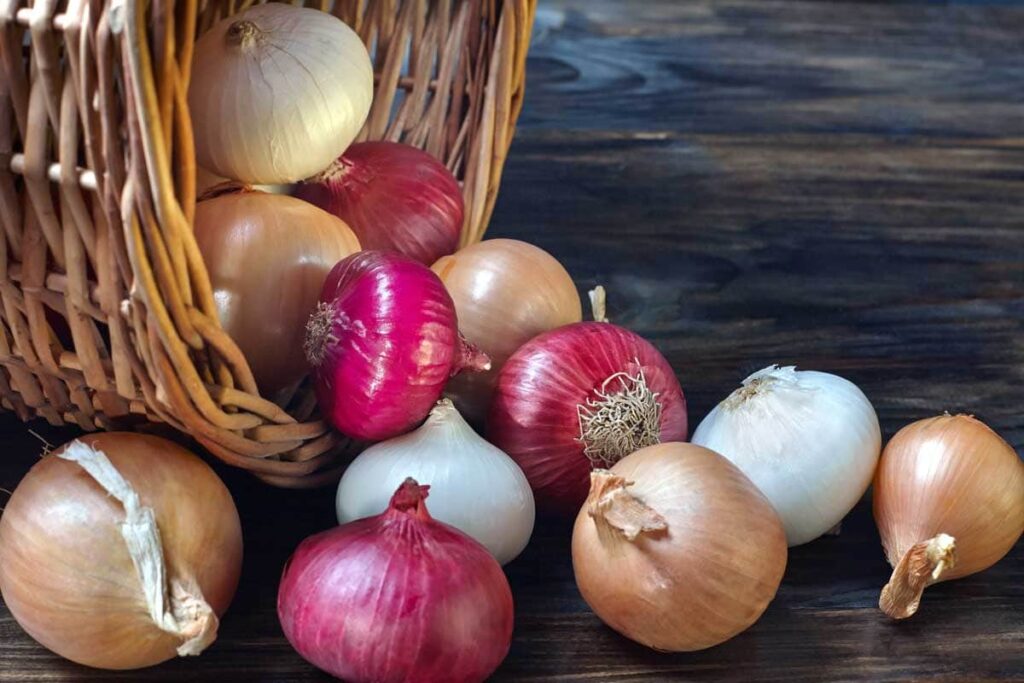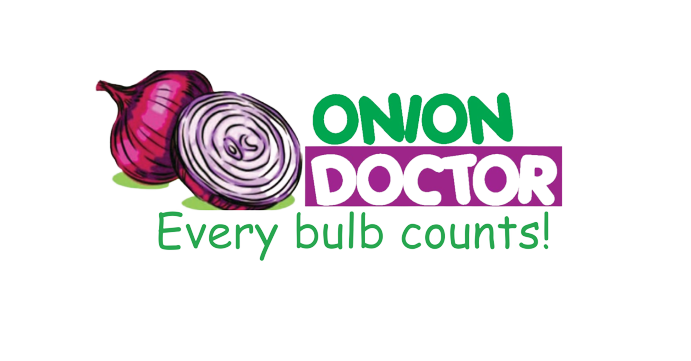Optimizing Onion Farming in Kenya with Onion Doctor and Drip Irrigation

Are you in need of in-depth knowledge on onion and garlic production? If yes, we are a call away. Our service chatter includes: Onion seedlings, Garlic seedlings, Farm planning services, Soil testing, Drip irrigation installation and maintenance, Agronomic support, Onion and Garlic value pack and Farm management. For free consultation, placing orders or booking a visit with an agronomist, please contact us via Call or what’s app +254703982228, Email: Info@oniondoctor.co.ke.
Onion farming in Kenya offers substantial profit potential, particularly when integrated with modern techniques such as drip irrigation. This article provides a comprehensive guide to onion farming in Kenya, emphasizing the benefits of partnering with Onion Doctor for optimal results.
Growing Onions in Kenya Maturity and Harvest Period Bulb onions typically take 3 to 4 months to reach maturity. The short rains season is ideal for cultivating bulb onions, allowing for harvests between January and February. During this period, local farmers benefit from reduced competition from Tanzanian imports. After the long rains of March, onion prices generally increase, enabling farmers to achieve higher profit margins.
Ideal Conditions for Onion Farming For optimal growth, onions require well-drained, fertile, sandy loam soils with a pH range of 5.8 to 6.8. The ideal temperature for onion farming is between 13°C and 35°C, making most parts of Kenya suitable for cultivation. Onion farming can be a year-round venture with the use of irrigation.
Soil Testing Conducting soil tests with accredited laboratories is recommended to determine specific nutrient requirements. This ensures the application of the correct type and amount of fertilizers. Drip Irrigation: Enhancing Onion Farming Drip irrigation is the most efficient method for onion farming in Kenya, especially in regions like Ukambani and the Coastal area, where temperatures are high and water is scarce. This system delivers water directly to the plant roots, reducing wastage and promoting healthy growth.
Benefits of Drip Irrigation Water Efficiency: Drip irrigation significantly reduces water usage by delivering water directly to the plant roots. Disease Prevention: By avoiding water contact with foliage, drip irrigation helps prevent fungal diseases common in onions. Nutrient Management: Fertigation, or the delivery of nutrients through the irrigation system, ensures consistent nutrient supply to the plants. Required Inputs For successful onion farming using drip irrigation, you need: Land: Prepare the land, ensuring it is free from weeds. Seedlings: 1 kg of onion seedlings can be used per acre. Fertilizers: Apply 20 grams of DAP fertilizer per square meter. Irrigation System: Invest in a quality drip irrigation system suitable for your farm size.
Popular Onion Varieties in Kenya Common hybrid onion varieties in Kenya include: Red Creole Red Pinnoy Jambar 1 Red Bombay The Jambar F1 variety is particularly popular due to its high yield and larger bulb size.
Challenges and Solutions in Onion Farming Water Management Excessive rain or over-watering can lead to waterlogging. To mitigate this: Grow onions during the short rains if your region experiences heavy rainfall. Raise beds to enhance drainage. Use drip irrigation to control the amount of water delivered to the plants.
Pests and Diseases Common diseases affecting onions include Downy Mildew, Bacterial Soft Rots, Pink/White Root, Botrytis, and Rusts. Pests such as maggots, thrips, nematodes, and leaf miners can also pose threats. To manage these: Use appropriate fungicides and pesticides from accredited brands. Implement regular monitoring and integrated pest management practices.
Weed Control Weeds compete with onions for nutrients and water. Conduct at least 2-3 weeding sessions per season, either manually or using herbicides. Harvesting Onions The optimal time for harvesting onions is during the dry season. Keep a detailed calendar to track planting and expected harvest dates. Bulb onions are ready when they form a shiny membranous cover or when the foliage withers.
Harvesting involves pulling the bulbs, chopping off the leaves, and drying the bulbs in the sun before storage.
Support from Onion Doctor Onion Doctor provides extensive support to smallholder farmers across Africa, including: Quality and affordable onion and garlic seedlings. Farm planning services. Soil testing. Drip irrigation installation and maintenance. Agronomic support. E-extension and on-farm training. These services help farmers optimize yields and maximize profits, making Onion Doctor an invaluable partner in onion farming in Kenya.
